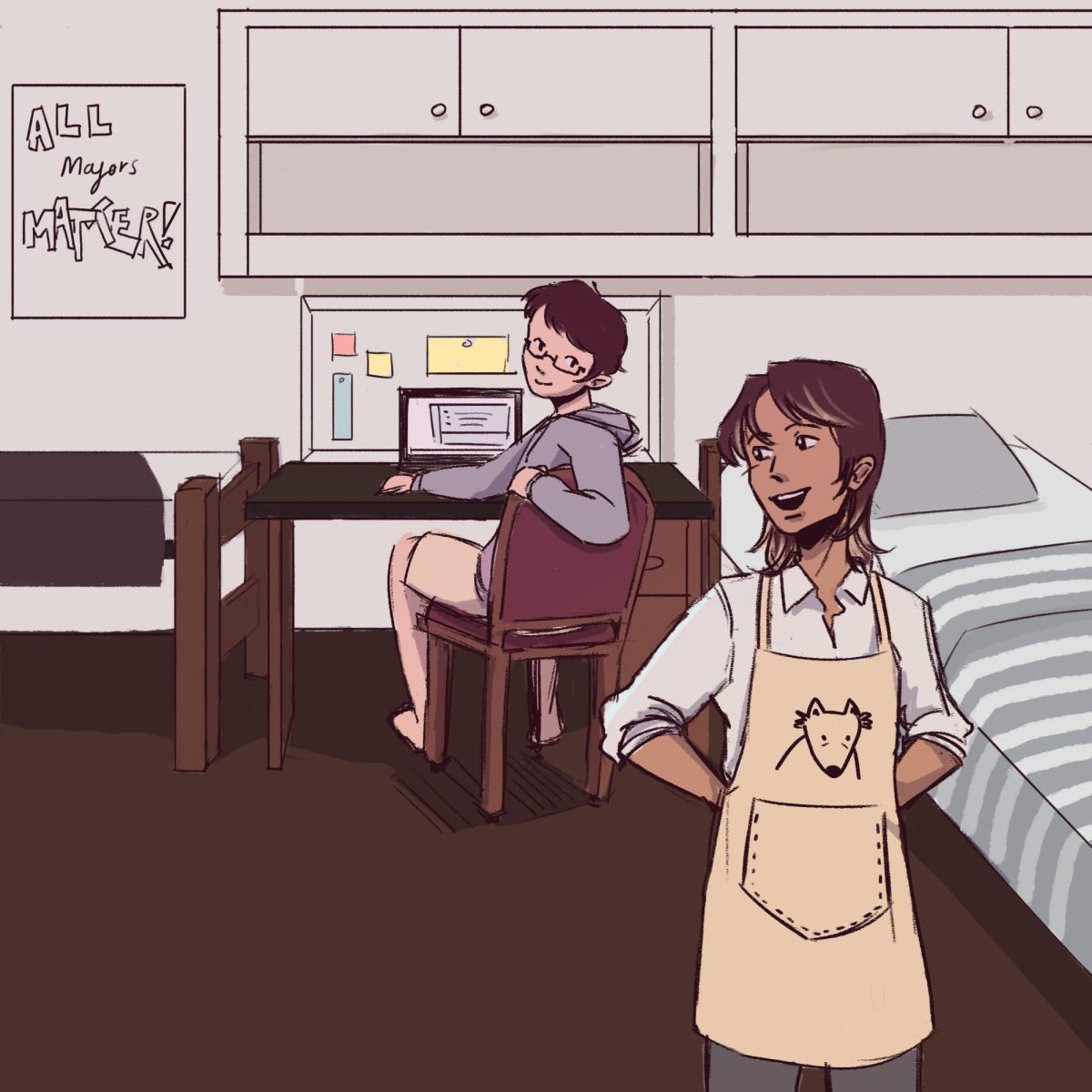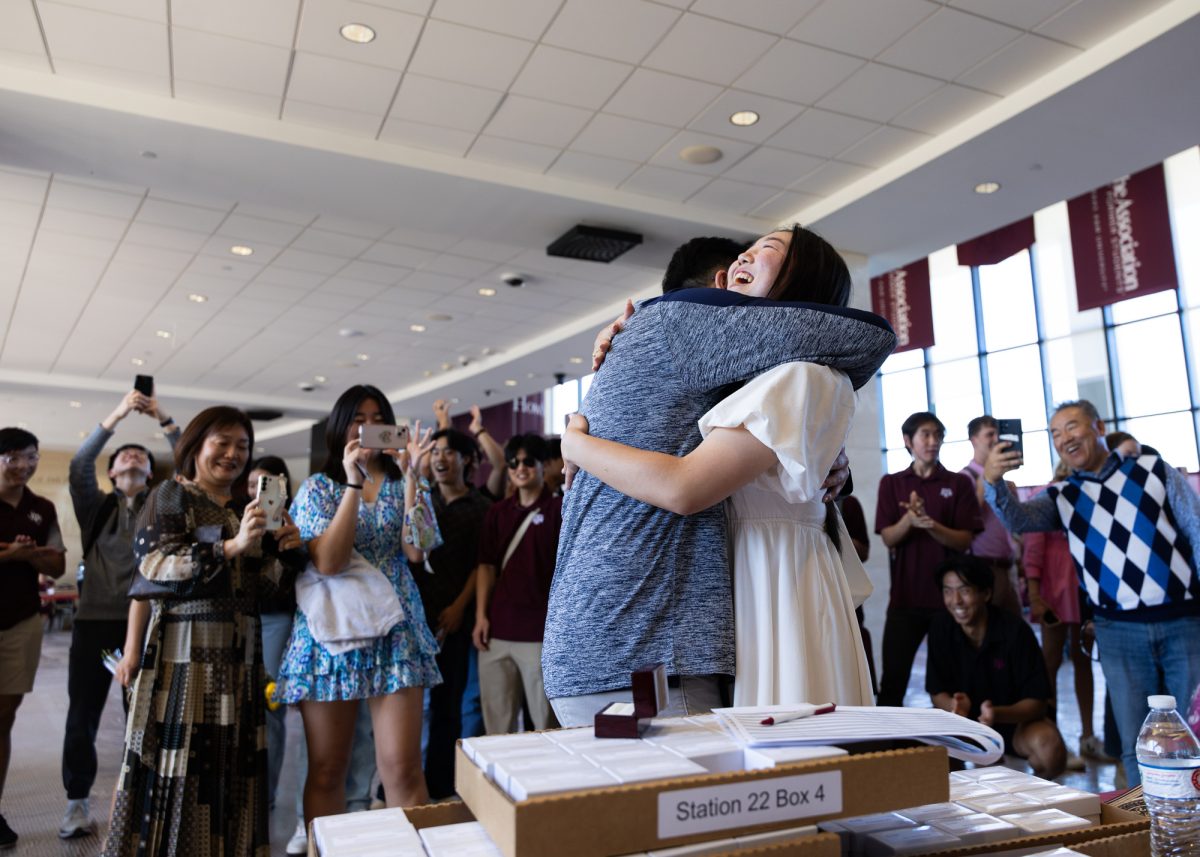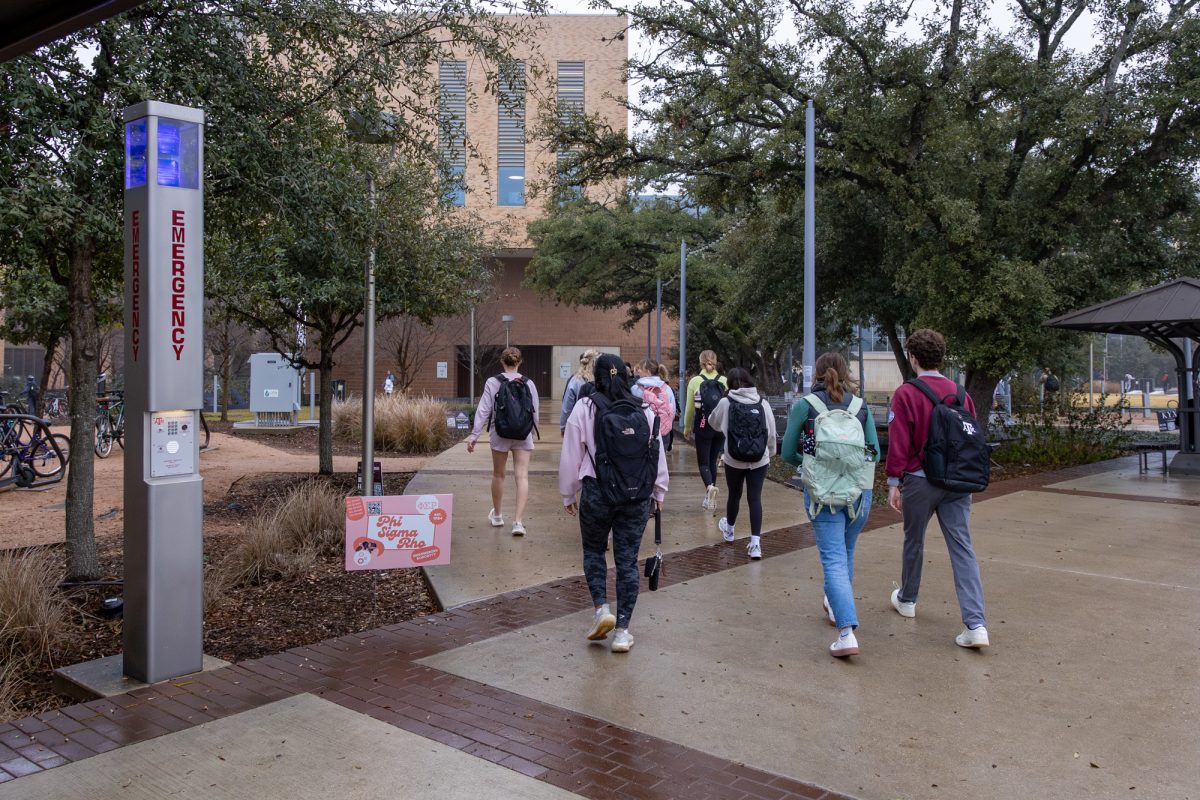“We felt the house shake, but it hadn’t occurred to us that they dropped a bomb. Pretty quickly, it got smokier and smokier. At first we thought it was the tear gas, but then it got thicker. … It started getting hot in there. The house was on fire.” – Ramona Africa, lone adult survivor of the 1985 MOVE bombing
What would you do if you turned on the news and found out the police had just bombed an entire neighborhood in your city? Would your foundational belief in America change? Would you live every day of your life in fear, knowing it could be taken away at any moment by the people sworn to protect and serve? Well, for the city of Philadelphia, this hypothetical scenario became a reality on May 13, 1985, when the Philadelphia Police Department dropped a bomb on U.S. soil in its effort to evacuate the Black liberation organization, MOVE. It isn’t entirely clear whether one should be shocked that this happened or that the story remains largely unknown to many Americans.
MOVE, not an acronym, was a religious and political group formed in west Philadelphia by John Africa in 1972. Born Vincent Leaphart, Africa was a Korean War veteran born during the Great Depression and only achieved a third-grade level education. In the early 1970s, Leaphart, met social worker Donald Glassey, who offered to transcribe Africa’s ideas into MOVE’s manuscript titled “The Guidelines.”
MOVE believed in Black liberation, animal rights advocacy and being anti-government. The organization lived in a communal home heated by burning wood, and children were taught to avoid the perils of what they described as “synthetic education.” Ed Pilkington of The Guardian described their political views as a mixture of “the revolutionary ideology of the Black Panthers with the nature- and animal-loving communalism of 1960s hippies.”
The relationship they had with their neighbors was not always mutual. On the one hand, there was sympathy for the movement’s cause by the liberal-minded neighborhood of Powelton, Philadelphia. They agreed on the American system’s many failures and wanted to end oppression across the nation. On the other hand, MOVE’s lifestyle was a lot to ask of its neighbors. The group frequently took in stray dogs and at one point had over 40 of them. The members also disposed of waste in their yard as a form of compost attracting cockroaches and rats. Believing in all life is important, the group allowed the rats and roaches to roam free around the house. Eventually, Mayor Frank Rizzo viewed MOVE as a threat to society and made it his mission to remove them from Powelton.
For 15 months, city officials tried to enter the house but were stopped by members acting in self-defense of their home. Rizzo tried evicting the group using tactics ranging from court orders to cutting off water and electricity to the house. The tension was so bad that the city barricaded the entire block to prevent people from bringing supplies to the house. All these efforts failed to get rid of MOVE. However, this standoff would eventually end on Aug. 8, 1978. Authorities ordered MOVE to evacuate, and after they refused, things quickly escalated. Officials used water cannons and bulldozers to break the wooden barricade erected by the organization. In return, MOVE retaliated with gunfire, and officer James Ramp died in the line of action. Eventually, MOVE surrendered due to the amount of tear gas city officials used. Nine members of MOVE were convicted and given life sentences.
Four years later, MOVE settled in the largely African American community on Osage Avenue. The same complaints their neighbors in Powelton made followed them into Osage Avenue. This time, it appeared MOVE’s tactics intensified. They aggressively advocated over a bullhorn for the incarcerated members’ acquittal and even erected a fortified “heavy timber” bunker on their roof. Just three years into their residency at Osage Avenue, Mayor Wilson Goode, the first African American mayor of Philadelphia, ordered their eviction. No one could have predicted what happened next.
On May 12, 1985, the night before the encounter, police quietly evacuated the neighborhood and took shelter in the homes surrounding MOVE’s headquarters. By morning, Police Commissioner Gregore Sambor stated, “Attention, MOVE! This is America! You have to abide by the laws of the United States!” They had 15 minutes to evacuate the premises before the police entered with force. MOVE refused to budge and stood their ground.
In consequence, the police displayed their militarization in its full glory. Over 500 officers arrived with “M16 semi-automatic rifles, Uzis, shotguns, 30.06 and .22-250 sharpshooter rifles, a Browning automatic rifle and a Thompson submachine gun,” according to the Philadelphia Special Investigation Commission. The police fired “over 10,000 rounds of ammunition in under 90 minutes at a row house containing children.” Apparently, 10,000 rounds of ammunition weren’t enough, and they requested more bullets sent from the police academy. Still, MOVE kept their resistance.
This is where things went from bad to worse.
Seeing their tactics weren’t working, Goode permitted the release of a two-pound satchel bomb, made of Tovex and C-4 explosives, onto the roof of the bunker MOVE created. Once the bomb dropped, the most disturbing thing was that firefighters were ordered to not do anything because they assumed the fire would force the residents out of the house. The fire continued to burn for more than an hour, and by the time the firefighters decided to help, it was so out of hand that the entire north side of Osage Avenue was on fire. Due to the city streets’ compactness, the fire spread rapidly, and 61 houses burned down. Just like that, 250 people were now homeless. Eleven MOVE members (six adults and five children) died from the incident. Only two members survived – Ramona and Birdie Africa. After the destruction that occurred that day, all the authorities found inside the home were two pistols, two shotguns and a .22-caliber rifle. No matter your opinion on MOVE as an organization, what the police did was unconscionable.
After the devastating attack on MOVE, no one was criminally charged for the bombing. Scratch that, someone was arrested. Ramona Africa went to prison for seven years for rioting and conspiracy. Yes, after the second bombing by U.S. citizens on U.S. soil since the Tulsa Race Massacre, the only person arrested was one of the attack’s survivors.
Just last year, the city of Philadelphia formally apologized for the deadly bombing. It only took 35 years, and I am unsure if this apology will do much considering children died that day in 1985. However, the one positive outcome I think will come from this apology is that it hopefully increases the awareness of what took place that day. American law enforcement bombed U.S. citizens on our own soil. I only found out about this story last year, and it has led me to believe America urgently needs to restructure the way we tell our history. This Black History Month — and every month going forward — we should no longer allow America to forget some of its dark histories in order to keep its airbrushed personality of exceptionalism.
Ozioma Mgbahurike is an electrical engineering sophomore and opinion writer for The Battalion.










